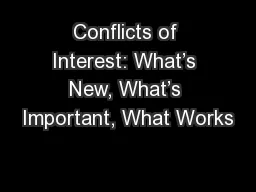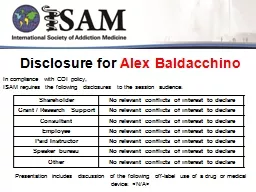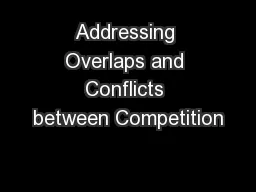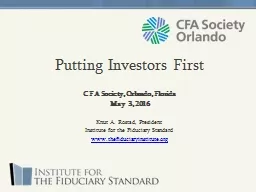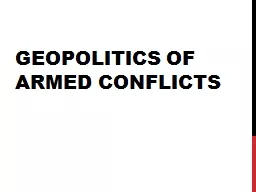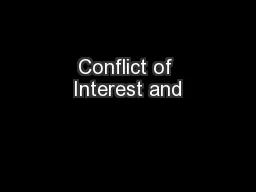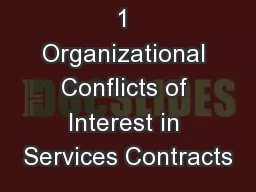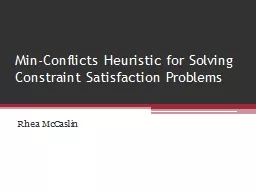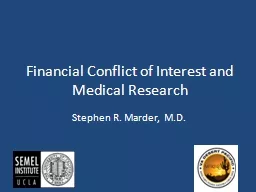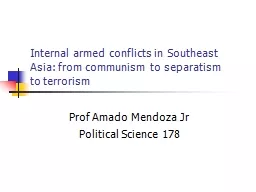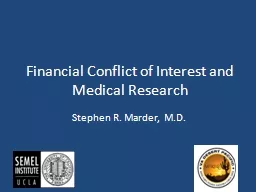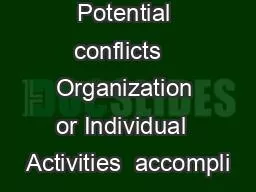PPT-Conflicts of Interest: What’s New, What’s Important, What Works
Author : min-jolicoeur | Published Date : 2018-03-19
Jeffrey M Kaplan Kaplan amp Walker LLP ECOA Annual Conference October 2012 Based on N early 30 years of dealing with COIs as a criminal lawyer and a CampE advisor
Presentation Embed Code
Download Presentation
Download Presentation The PPT/PDF document "Conflicts of Interest: What’s New, Wha..." is the property of its rightful owner. Permission is granted to download and print the materials on this website for personal, non-commercial use only, and to display it on your personal computer provided you do not modify the materials and that you retain all copyright notices contained in the materials. By downloading content from our website, you accept the terms of this agreement.
Conflicts of Interest: What’s New, What’s Important, What Works: Transcript
Download Rules Of Document
"Conflicts of Interest: What’s New, What’s Important, What Works"The content belongs to its owner. You may download and print it for personal use, without modification, and keep all copyright notices. By downloading, you agree to these terms.
Related Documents

